new posts in all blogs
Viewing: Blog Posts Tagged with: symmetry, Most Recent at Top [Help]
Results 1 - 6 of 6
How to use this Page
You are viewing the most recent posts tagged with the words: symmetry in the JacketFlap blog reader. What is a tag? Think of a tag as a keyword or category label. Tags can both help you find posts on JacketFlap.com as well as provide an easy way for you to "remember" and classify posts for later recall. Try adding a tag yourself by clicking "Add a tag" below a post's header. Scroll down through the list of Recent Posts in the left column and click on a post title that sounds interesting. You can view all posts from a specific blog by clicking the Blog name in the right column, or you can click a 'More Posts from this Blog' link in any individual post.

By:
Heidi MacDonald,
on 7/11/2015
Blog:
PW -The Beat
(
Login to Add to MyJacketFlap)
JacketFlap tags:
Comics,
Announcements,
Image,
Breaking News,
Romulus,
Symmetry,
Top Cow,
Top News,
Top Comics,
SDCC '15,
Blood Stain,
September Mourning,
Add a tag
Image Comics imprint Top Cow announced a slew of new titles today at SDCC.
First up, we have Blood Stain, a series penned and drawn by Linda Šejić, wife of Sunstone and Rat Queens illustrator Stjepan Šejić. Like Sunstone, Blood Stain debuted as a webcomic. The series focuses on Elliot Torres, a chemistry major who’s fallen on hard times and takes a job with Dr. Vlad Stein, who’s rumored to be insane.
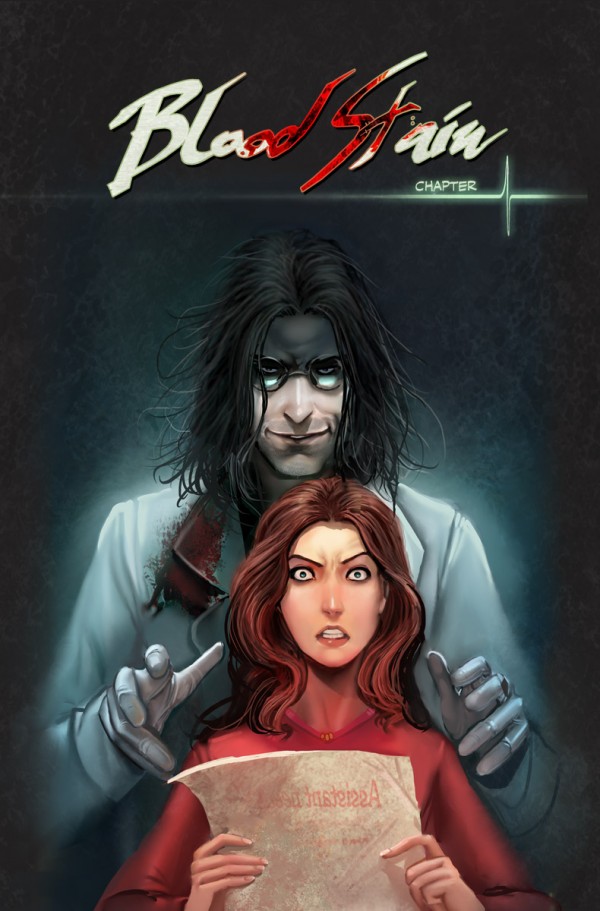
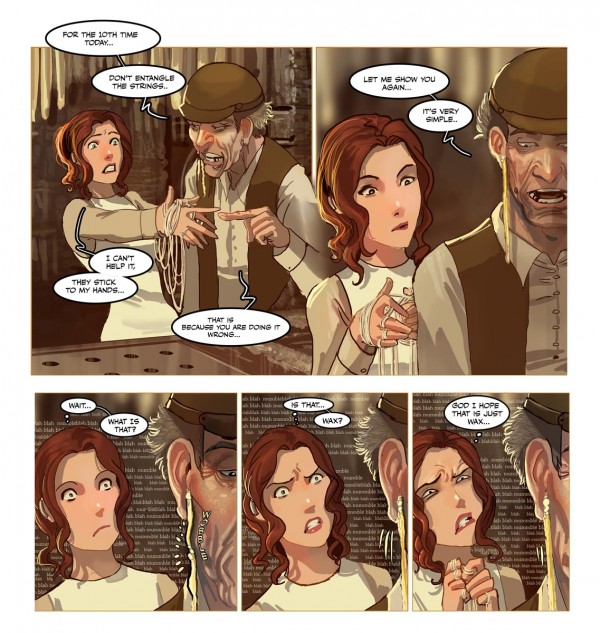
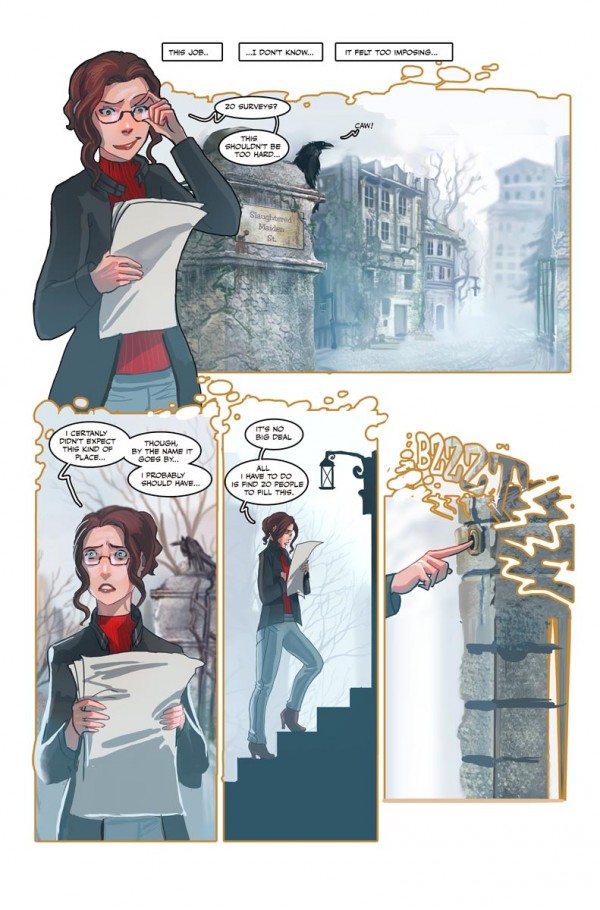

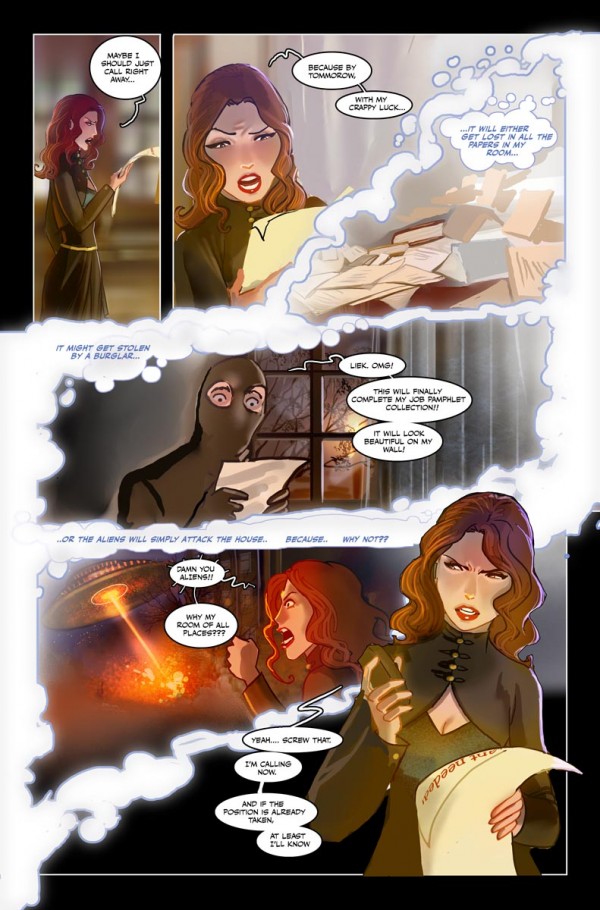
 Next, writer-turned editor Bryan Hill will collaborate with artist Nelson Blake to produce Romulus, an action conspiracy series that pits the last member of a long lineage of mystical martial artists up against The Order of Romulus, a secret organization that has influenced the world from the shadows since the era of the Roman empire.
Next, writer-turned editor Bryan Hill will collaborate with artist Nelson Blake to produce Romulus, an action conspiracy series that pits the last member of a long lineage of mystical martial artists up against The Order of Romulus, a secret organization that has influenced the world from the shadows since the era of the Roman empire.
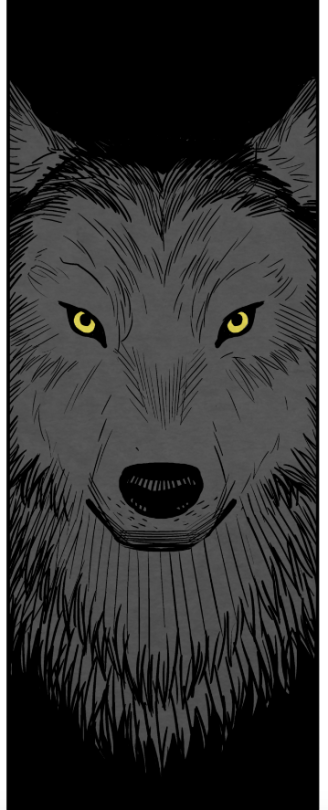

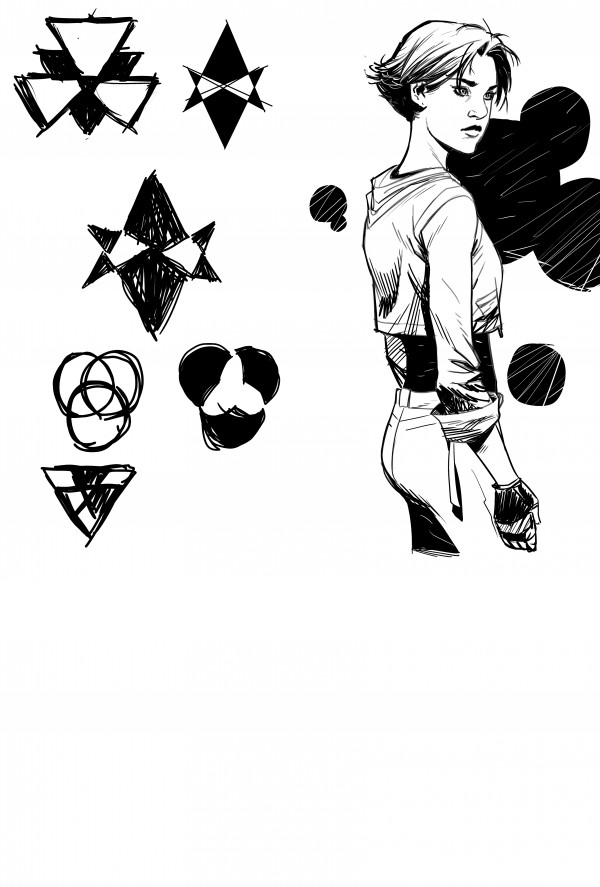

Then there’s September Mourning, a new comic whose Kickstarter just launched. Top Cow founder and artist Marc Silvestri will team up with singer Emily Lazar to create an elaborate multi-media experience by combining comics, music, and social media. The series focuses on “a lead character who finds herself split between worlds. She is a half-human, half-reaper hybrid who helps souls complete tasks they left unfinished before they died. Standing against her are the forces of Fate, who seems to have turned against humanity, no longer maintaining the balance between good and bad souls.”


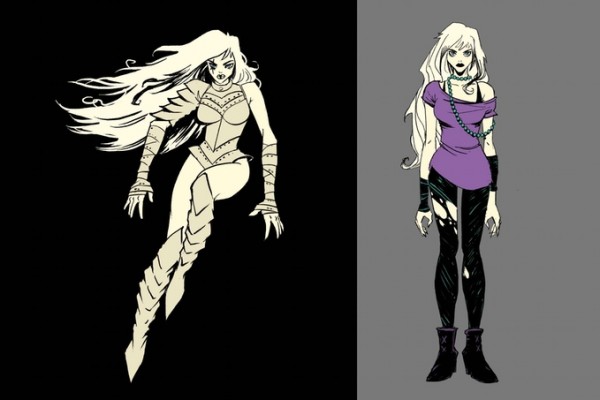
Finally, writer and Top Cow president Matt Hawkins will team up with illustrator Raff Ienco to invite you into a Brave New World-esque future where individuality, creativity, and negativity have been suppressed by medicine and selective breeding. Despite this, one man and one woman manage to maintain the ability to think for themselves. When they meet, they’ll spark a revolution that will determine the ultimate fate of mankind.
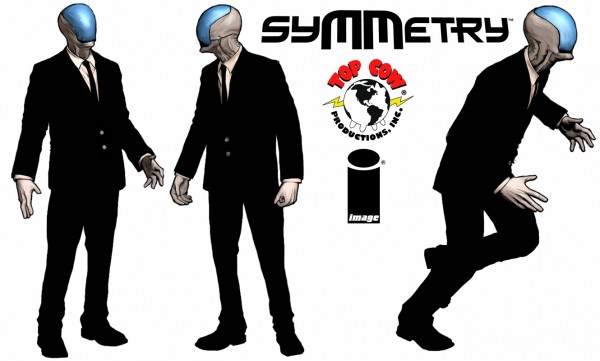

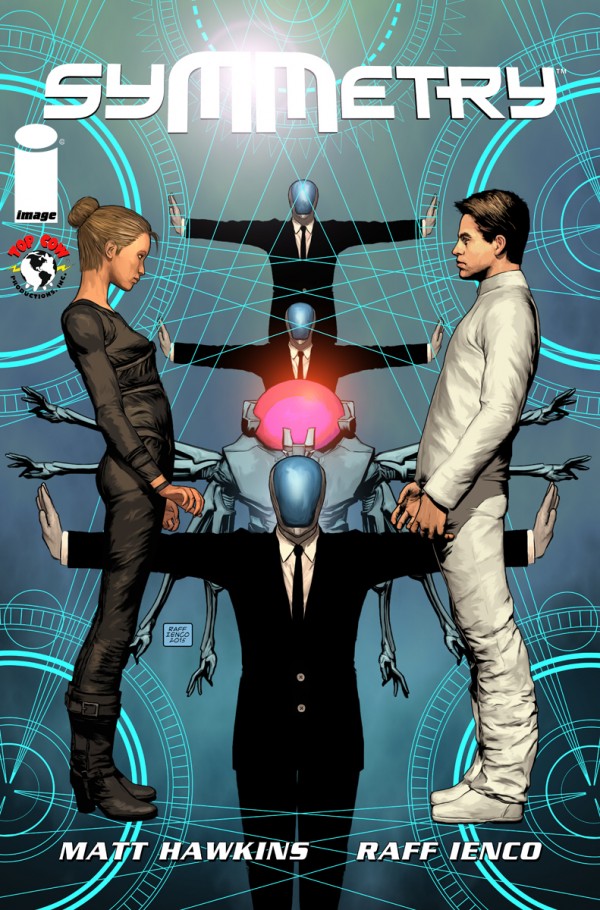
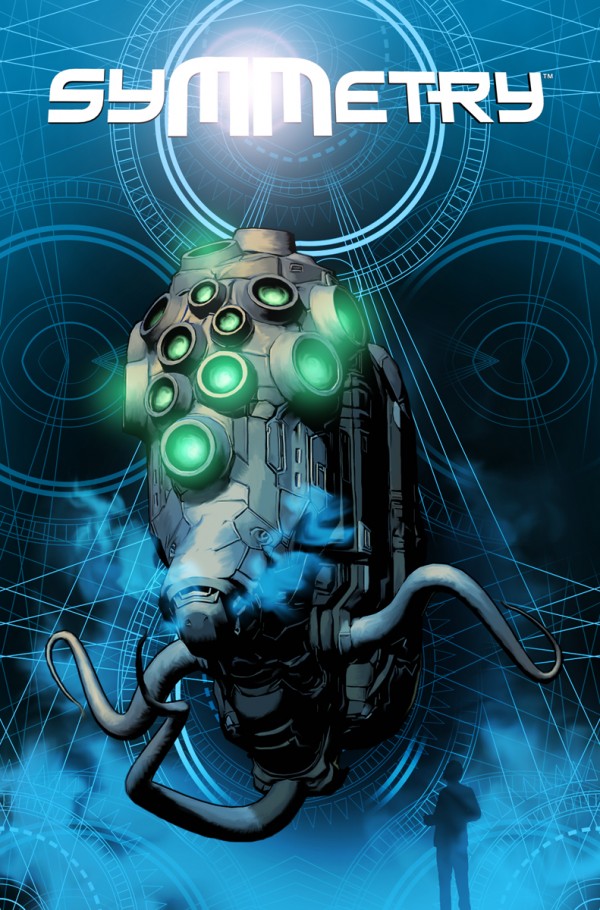

By: Elizabeth Gorney,
on 5/22/2014
Blog:
OUPblog
(
Login to Add to MyJacketFlap)
JacketFlap tags:
3D,
symmetry,
perception,
shape,
*Featured,
Science & Medicine,
Psychology & Neuroscience,
Making a Machine That Sees Like Us,
Robert M. Steinman,
Tadamasa Sawada,
Yunfeng Li,
Zygmunt Pizlo,
sawada,
tadamasa,
yunfeng,
symmetrical,
steinman,
pizlo,
zygmunt,
Books,
Add a tag
By Zygmunt Pizlo, Yunfeng Li, Tadamasa Sawada, and Robert M. Steinman
The most general definition of symmetry is self-similarity: that one part of an object, pattern, signal, or process is similar, or more-or-less identical to another. According to this definition, the complete absence of symmetry is equivalent to perfect randomness, so symmetry is another name for redundancy. This makes the connection between symmetry and Shannon’s information theory explicit. The presence of symmetry also means that engineering and biological signals can be “compressed”; redundancy inherent in them can be reduced or even removed.

Symmetry is ubiquitous, as well as important, in our natural environments. There are several types of symmetry. The human body is mirror-symmetrical, one half is a reflection of the other. The two halves are never perfectly identical, but they usually are nearly so. The same is true of the bodies of almost all animals simply because mirror symmetry facilitates effective locomotion. A person could not walk and run along a straight line if his body were not mirror-symmetrical. A bird could not fly along a straight trajectory, and a fish or reptile could not swim along a straight trajectory if it were not mirror-symmetrical. Flowers are characterized by rotational-symmetry and many plants are characterized by translational-symmetry as well as by rotational symmetry. Man-made objects are usually made symmetrical because of the function they serve. A typical chair is mirror-symmetrical and a screw driver is rotationally-symmetrical. A completely asymmetrical object would most-likely be dysfunctional. Considering the fact that most things in our environment are symmetrical, one would think that our visual system should, at the very least, “know” about symmetry, and hopefully make good use of it. Symmetry is important not only because “it is there”, but also because the presence of symmetry implies that objects have shape and that scenes have structure.
Recently, we have been able to collect empirical evidence showing that the human visual system (one can also say, the human brain) uses symmetry to see 3D objects and scenes vertically (as they are). Symmetry is a natural, powerful predilection of our mind. It forms a large part of our a priori knowledge about the animate and inanimate things in the world around us. We are born with the concept of symmetry already in our minds. Why not? Symmetry is a mathematical concept, something that exists without any experience with the physical world. If our DNA contains information about the symmetry of our brain, why shouldn’t the brain know about symmetry, whether it is its own symmetry, or the symmetry of the real 3D objects and 3D scenes with which the brain’s owner’s will interact?

Our computational models show that symmetry is indispensable for veridical vision. It is also indispensable for avoiding the horrendous curse called computational intractability. Recovering a 3D shape from a single 2D retinal image would, without symmetry, require examining what are often called an “astronomically” large number of possibilities. How large? How about 1010,000,000, a number starting with 1 followed by 10 million zeros. Considering the fact that the number of atoms in the entire Universe is estimated to be 1080, a 1 followed by only eighty zeros, astronomers should probably start calling exceptionally large numbers “visually” rather than “astronomically” large. The visual system, by using symmetry, does not need to explore even a miniscule fraction of this huge number of possible 3D interpretations. Symmetry, and only symmetry allows a human, or a robot, to select the right 3D interpretation on its first attempt.
Zygmunt Pizlo, Yunfeng Li, Tadamasa Sawada, and Robert M. Steinman are the authors of Making a Machine That Sees Like Us. Zygmunt Pizlo is a professor of Psychological Sciences and of Electrical and Computer Engineering at Purdue University. Yunfeng Li is a postdoctoral fellow at Purdue University. Tadamasa Sawada is a postdoctoral researcher in the Graduate Center for Vision Research at SUNY College of Optometry. Robert M. Steinman devoted most of his scientific career, which began in 1964, to sensory and perceptual process, heading this specialty area in the Department of Psychology at the University of Maryland in College Park until his retirement in 2008.
Subscribe to the OUPblog via email or RSS.
Subscribe to only brain sciences articles on the OUPblog via email or RSS.
Animations created and provided by Yunfeng Li and Tadamasa Sawada.
The post What role does symmetry play in the perception of 3D objects? appeared first on OUPblog.

By: Ann Rich Duncan,
on 7/10/2013
Blog:
annrichduncan
(
Login to Add to MyJacketFlap)
JacketFlap tags:
suspense,
symmetry,
Genesis,
historical adventure,
Johnny Vic,
Vermont author,
GMO's,
Bible quotes,
required reading lists,
art of God,
Etch a Sketch,
Thomas Browne,
Uncategorized,
God,
dogs,
clouds,
creation,
YA novels,
Add a tag
I was watching the clouds one rainy afternoon. And as they sailed swiftly across the sky in an ever-changing variety of shapes and squiggles I remembered a quote from Thomas Browne. In 1635 he wrote, “Nature is the art of God.” I thought, I believe it because right now, the entire sky looks like His own personal Etch a Sketch. I mean, first there was a hole in the clouds that morphed into a five-pointed star before it got sucked into a shrunken pinpoint that was suddenly the eye of an alligator that chased a hump-backed snake. Highly entertaining. Almost started singing, “I know an old lady who swallowed a fly . . .”
Can’t tell me that God doesn’t have a sense of humor. The alligator made me wonder briefly if animals ever marvel at God’s Etch a Sketch? After all, my two pooches are pretty smart and I do catch them scanning the sky every so often. Speaking of pooches, who cannot see God’s hand in all of creation: from the perfection of a playful puppy’s soft, furry paw to the swiftness of a hungry cat’s claw . . . to the flawless symmetry of a daisy or black-eyed Susan. Happenstance? Occurring by chance? I think not. After all, according to Genesis 1:24, “. . . and God said, let the earth bring forth every kind of animal — livestock, small animals, and wildlife. And so it was . . . and God said it was good.
Seen my books? “The SEED” a Novel of suspense that placed as a top ten finalist and was nominated to be put on a college required reading list. And the Johnny Vic historical adventure series (mixing treasure hunting, adventure and American history!). Go to http://www.annrichduncan.com.


.jpeg?picon=3281)
By: Dain Fagerholm,
on 3/1/2013
Blog:
Art & Drawings by Dain Fagerholm
(
Login to Add to MyJacketFlap)
JacketFlap tags:
design,
drawing,
study,
ink,
pen,
3d,
tiling,
creatures,
game,
system,
maze,
symmetry,
grid,
gem,
dain8),
hexagon,
icosahedron,
hexagonal,
paralellogram,
illusrtation,
Add a tag
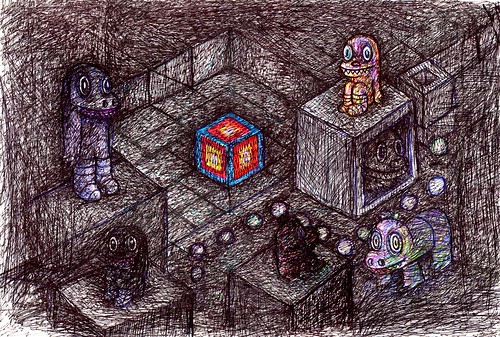 |
| ©2013 Dain Fagerholm |
10 x 15 in.
2013

By: Alice,
on 2/11/2013
Blog:
OUPblog
(
Login to Add to MyJacketFlap)
JacketFlap tags:
linus,
symmetry,
dorothy,
*Featured,
marjorie,
Science & Medicine,
Cultures of Science,
cyclol controversy,
Dorothy Wrinch,
I Died for Beauty,
Marjorie Senechal,
science of crystals,
wrinch,
senechal,
pauling,
cyclol,
inseparably,
History,
Biography,
US,
Add a tag
Remembered today for her much publicized feud with Linus Pauling over the shape of proteins, known as “the cyclol controversy,” Dorothy Wrinch made essential contributions to the fields of Darwinism, probability and statistics, quantum mechanics, x-ray diffraction, and computer science. The first women to receive a doctor of science degree from Oxford University, her understanding of the science of crystals and the ever-changing notion of symmetry has been fundamental to science.
We sat down with Marjorie Senechal, author of I Died for Beauty: Dorothy Wrinch and the Cultures of Science, to explore the life of this brilliant and controversial figure.
Who was Dorothy Wrinch?
Dorothy Wrinch was a British mathematician and a student of Bertrand Russell. An exuberant, exasperating personality, she knew no boundaries, academic or otherwise. She sowed fertile seeds in many fields of science — philosophy, mathematics, seismology, probability, genetics, protein chemistry, crystallography.
What is she remembered for?
Unfortunately, she’s mainly remembered for her battle with the chemist Linus Pauling. Dorothy proposed the first-ever model for protein architecture, provoking a world-class controversy in scientific circles. Linus led her opponents; few noticed that his arguments were as wrong as her model was.
Why did he attack her research and career with such ferocity?
In those days before scientific imaging, scientists imagined. Outsized personalities, fierce ambitions, and cultural misunderstandings also played a role. And gender bias: Dorothy didn’t know her place. She didn’t suffer critics gratefully, or fools gladly. On a deeper level, the fight was philosophical. Imagination and experiment, beauty and truth are entangled inseparably, then and now.
Linus won two Nobel prizes. What became of Dorothy?
Dorothy, a single mother, came to the United States with her daughter at the beginning of World War II, and eventually settled in Massachusetts; she taught at Smith College for many years and wrote scientific books and papers. But her career never recovered. I wrote this book to find out why.
Marjorie Senechal is the Louise Wolff Kahn Professor Emerita in Mathematics and History of Science and Technology, Smith College, and Co-Editor of The Mathematical Intelligencer. She is the author of I Died for Beauty: Dorothy Wrinch and the Cultures of Science.
Subscribe to the OUPblog via email or RSS.
Subscribe to only science and medicine articles on the OUPblog via email or RSS.
The post Who was Dorothy Wrinch? appeared first on OUPblog.

I'm on vacation this week, but wanted to point out Loreen Leedy's latest.
Leedy, Loreen. 2012.
Seeing Symmetry. New York: Holiday House.
A teacher's dream,
Seeing Symmetry is so much more than a book about symmetry. It is the intersection of math, art and nature in a clearly illustrated book that is entertaining, participatory, and educational. It's also correlated to 4th grade core curriculum standards for geometry (see
Loreen Leedy's website). Notes, activities, math concepts and vocabulary are included as well.
More kids would like math if it were always presented like this. Worth checking out!
Watch the video below, narrated by author/illustrator, Loreen Leedy, and read a detailed review @
Kirkus Reviews.
Free download of Spring Mirror Word Puzzles for teachers.Today's
Nonfiction Monday roundup is at
Ana's Nonfiction Blog.




 Next, writer-turned editor Bryan Hill will collaborate with artist Nelson Blake to produce Romulus, an action conspiracy series that pits the last member of a long lineage of mystical martial artists up against The Order of Romulus, a secret organization that has influenced the world from the shadows since the era of the Roman empire.
Next, writer-turned editor Bryan Hill will collaborate with artist Nelson Blake to produce Romulus, an action conspiracy series that pits the last member of a long lineage of mystical martial artists up against The Order of Romulus, a secret organization that has influenced the world from the shadows since the era of the Roman empire.


















Ah…I was wondering how things were going. You must be having a busy summer so far! Hope to hear some more about your next book. Erna